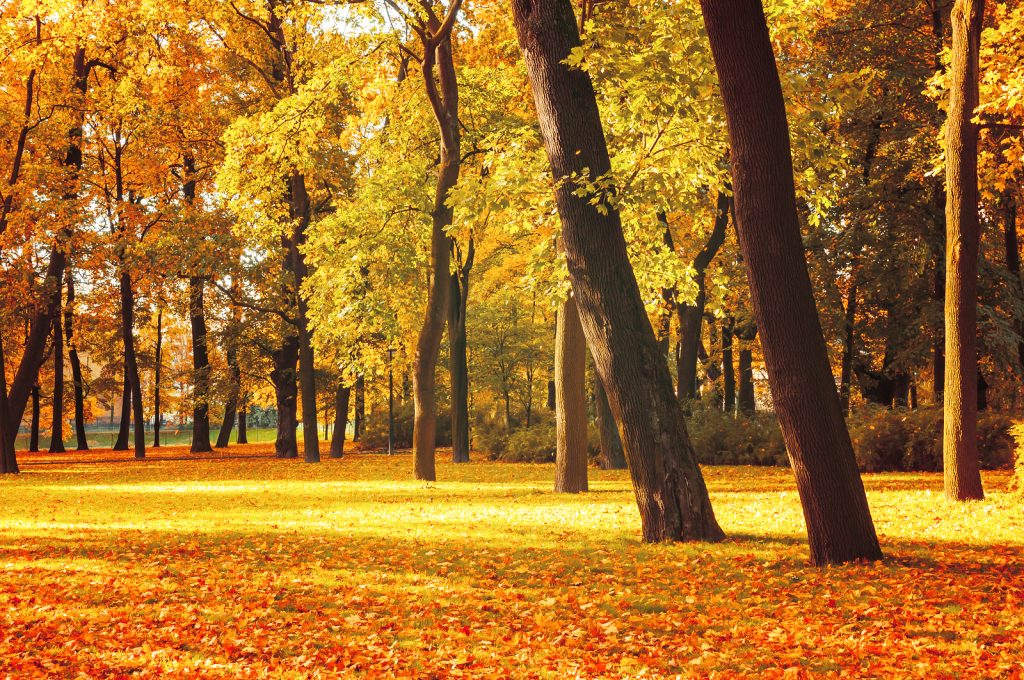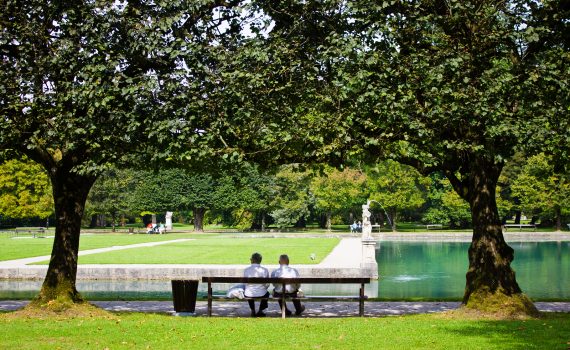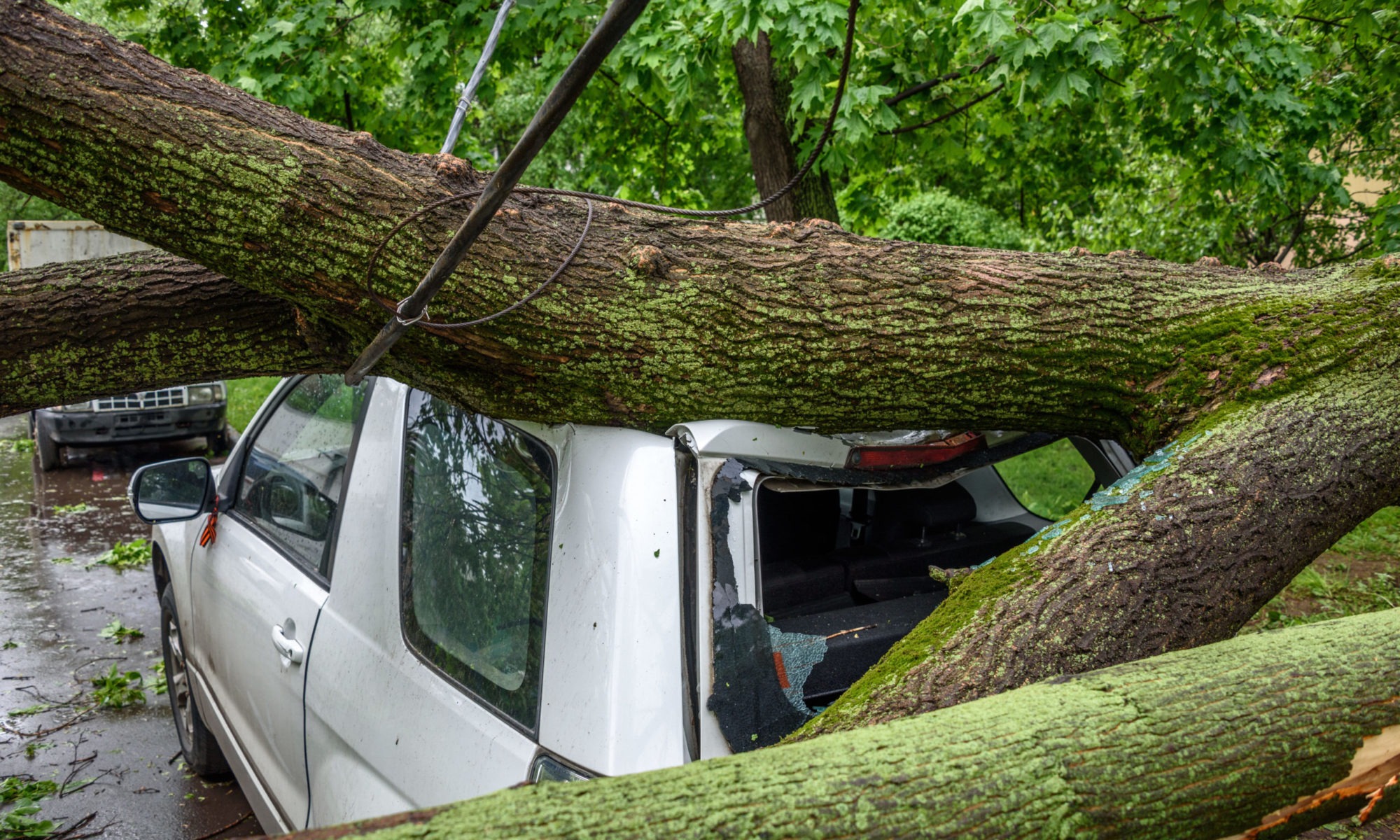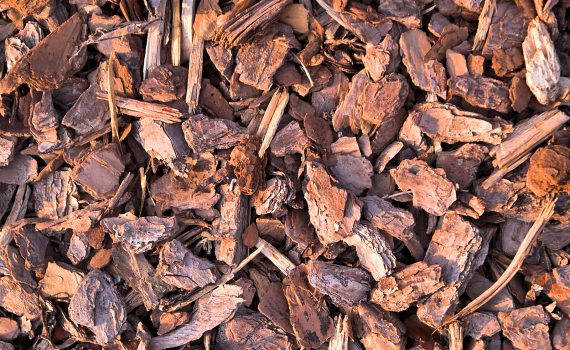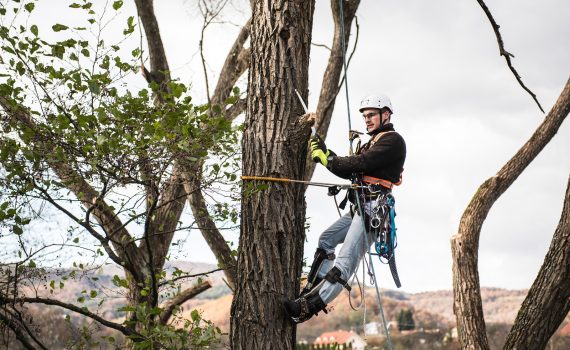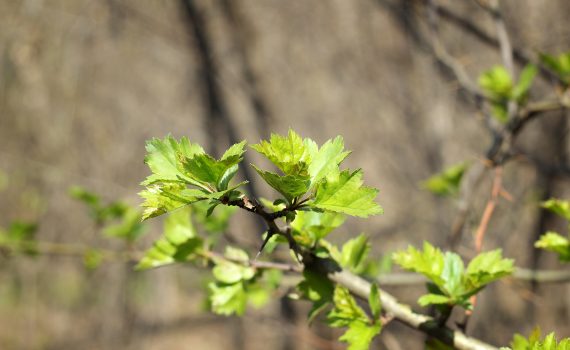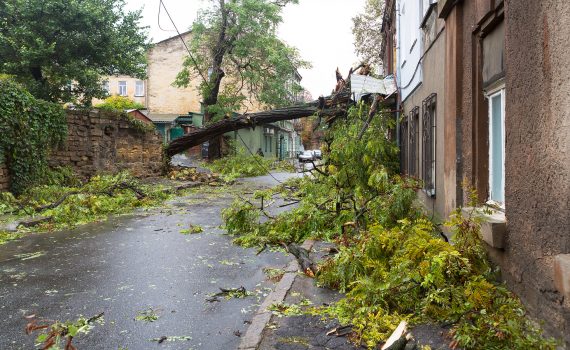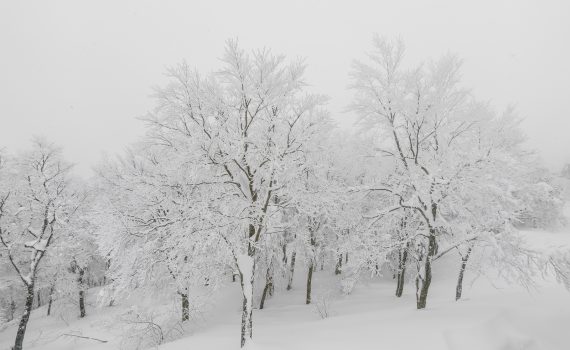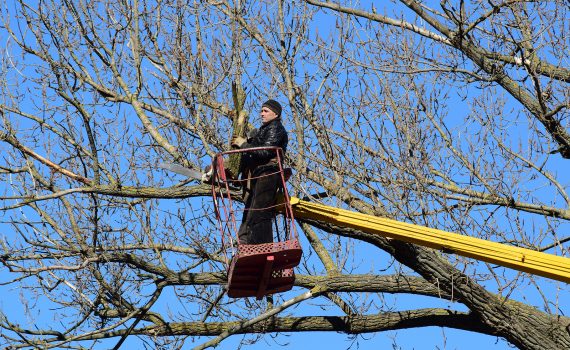Fall tree care is crucial to year round healthy trees. Yes, fall is a time to enjoy the changing colors of the leaves and spend brisk days outdoors raking them into piles. But as fall turns to winter, your trees become vulnerable to the elements. Here are some essential steps you should take each fall to care for your trees and prepare them for the winter:
- Inspect and Prune Away Dead Wood
As you head into the winter months, any dead or dying branches could pose a risk to your property. Fall tree care is the perfect opportunity to make a good inspection of your trees, checking their health and stability. It is much easier to inspect your trees once they have lost their leaves.
To inspect your trees, first stand back to assess stability and structure. Then, take a closer look for any concerns like diseased branches or boring insect activity. Prune away any branches that look unhealthy or loose. For bigger limbs, you may need to utilize a qualified arborist.
- Nourish and Insulate Your Trees
In fall you want to fertilize your trees to keep them healthy during winter months. This gives the trees nutrients to nourish them, which makes them stronger and less susceptible to winter damage. Laying mulch will also help protect trees during winter, because mulch insulates the roots against cold weather. Mulch also helps to retain moisture in the soil. You typically want to lay 2-4 inches of mulch in a 2 foot radius around a tree or plant.
- Treat Against Disease and Insects
Raking not only keeps your yard attractive, it also helps to prevent disease in your trees and plants. Fungi spores can hide out and develop in fallen leaves. If left on the ground, during spring rain, those spores awaken and infect your trees. As you prepare for winter, you’ll also want to guard your tree against boring insects that might be looking for a winter home by raking up dead leaves.
- Hydrate and Protect Trees from Dry Air
It may seem strange, when snow is on the ground, that trees could become dehydrated, but winter brings less rainfall and less moisture seeping into the ground (until the spring thaw). Additionally, trees in arid climates that don’t get much rain or snow in winter may still need some extra moisture.
Hydrate your trees by watering them during the fall to prepare them for the winter months. As you water your trees in the fall, remember on the deeper root system, not just the area near the trunk. You can also treat your tree with anti-desiccants, which help protect the leaves by locking in moisture.
- Consider Cabling Your Trees
You may notice in parks and public spaces, cables being used to stabilize trees. You can also have cables installed to support the physical structure of trees in your yard. This technique is for healthy trees that just need extra help to support their weight. This is especially useful fall tree care anticipating heavy winds and winter storms.
Tree specialists can help protect your trees against the effects of winter weather. Keeping healthy trees is a sound investment, because prevention and maintenance reduces other costs related to lost trees, property damage, and future tree replacement. Plus you can have peace of mind when professionals tend to your trees while you enjoy the beginning of the fall season.
 Bringing Sexy Back Into Your Yards
Bringing Sexy Back Into Your Yards 
